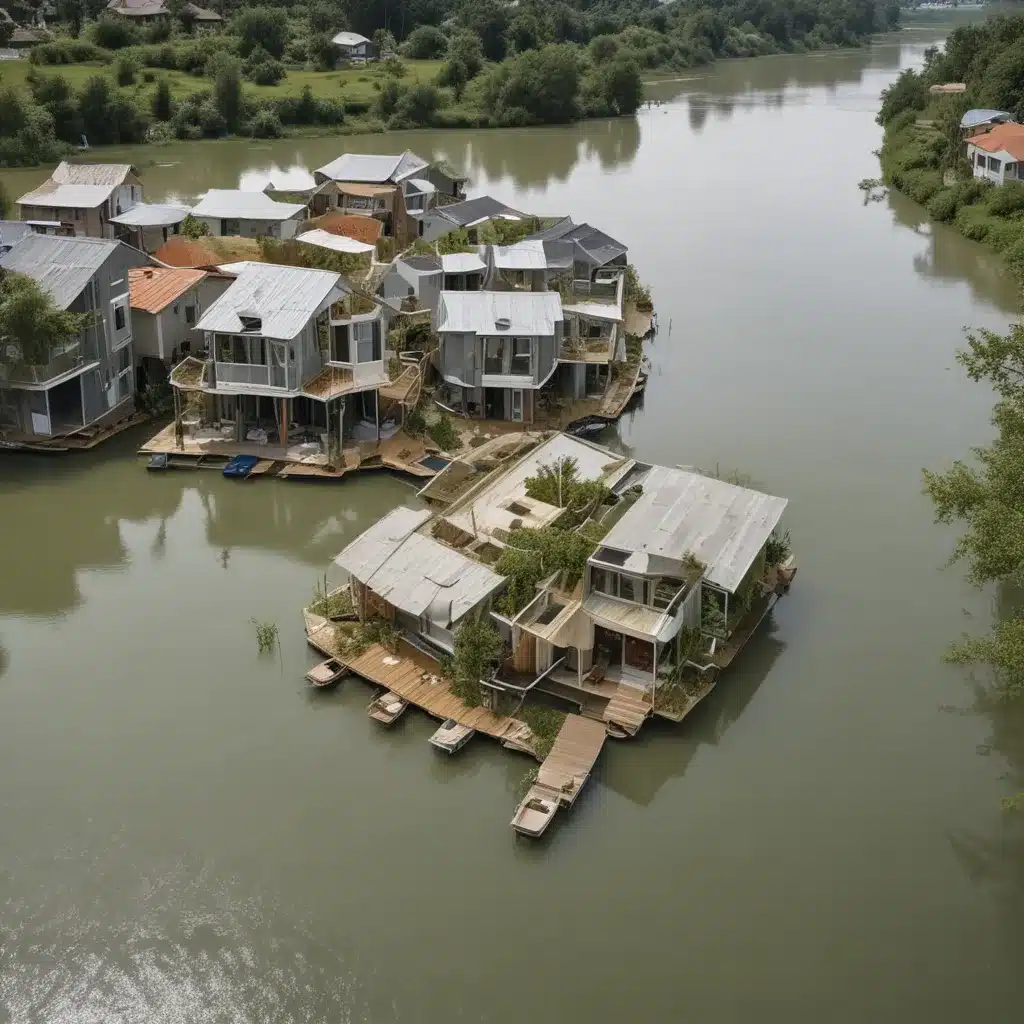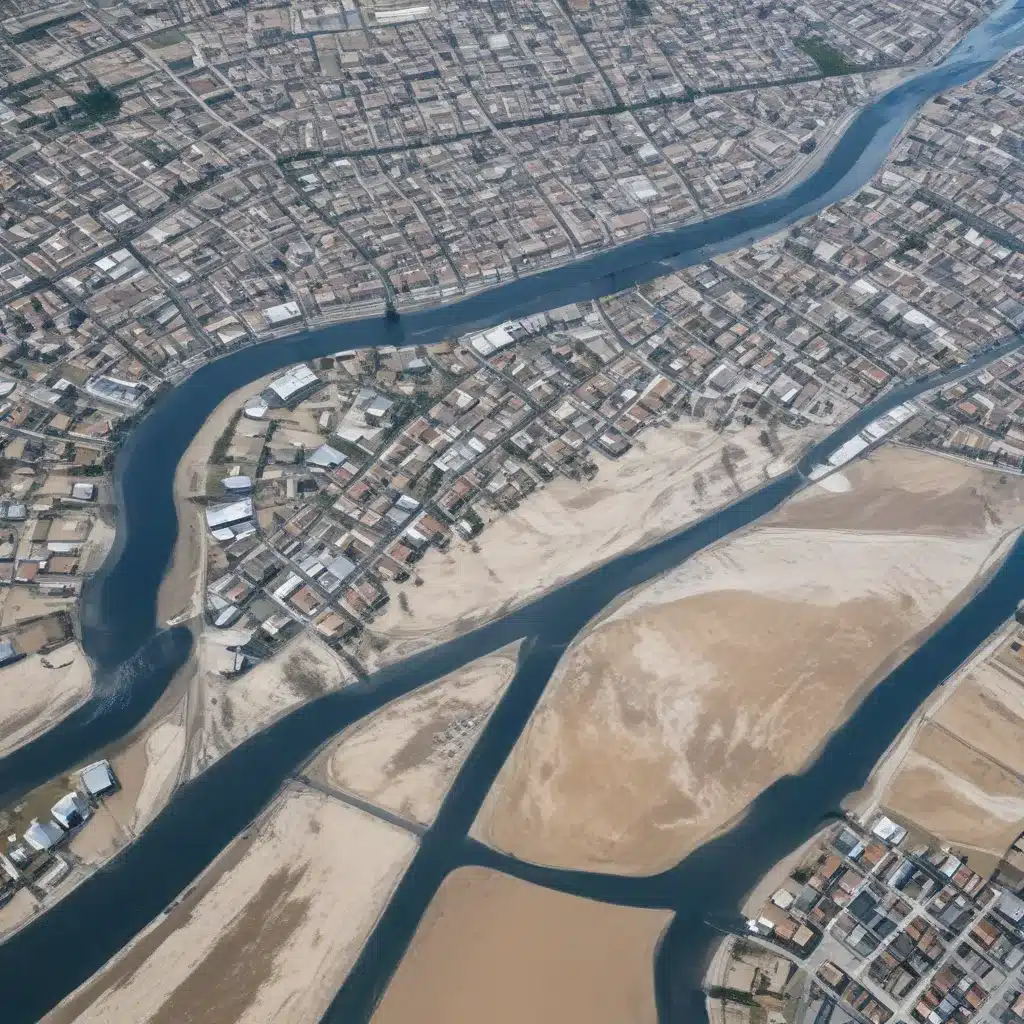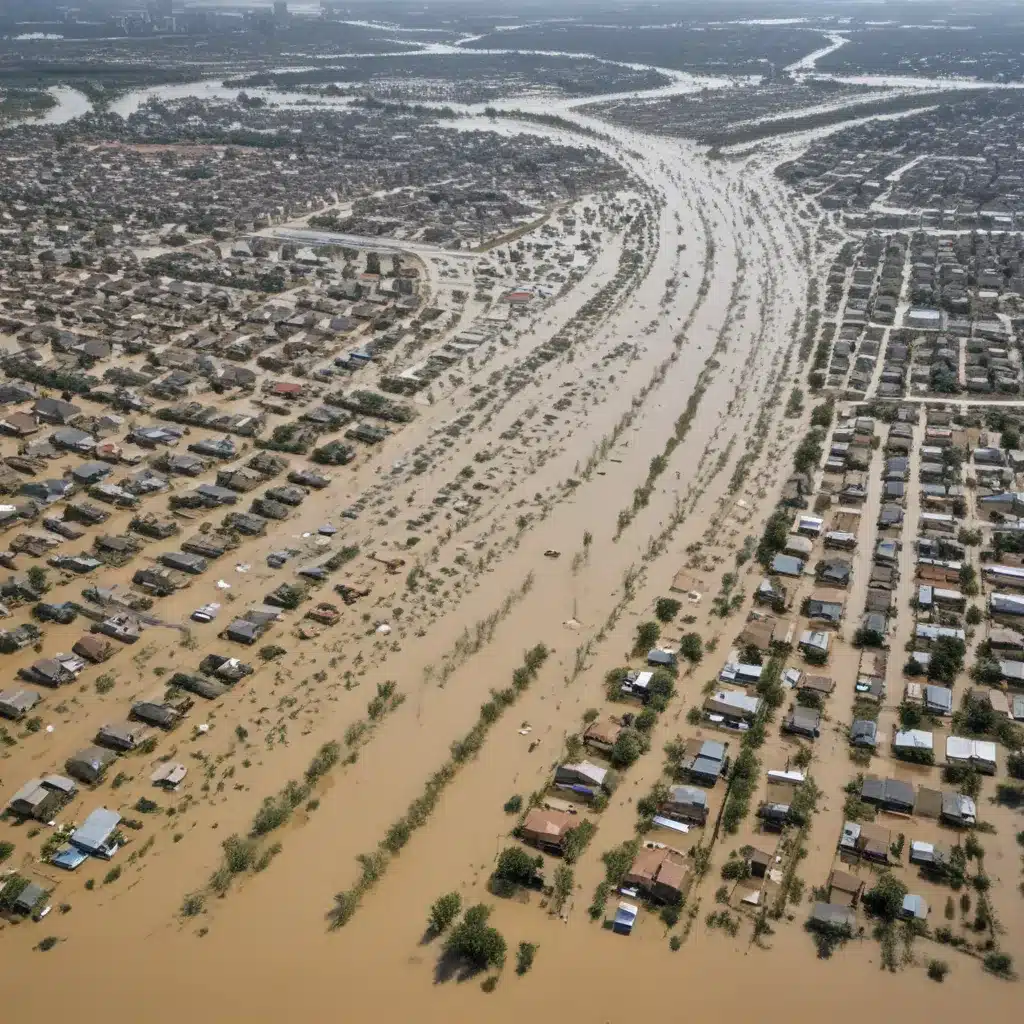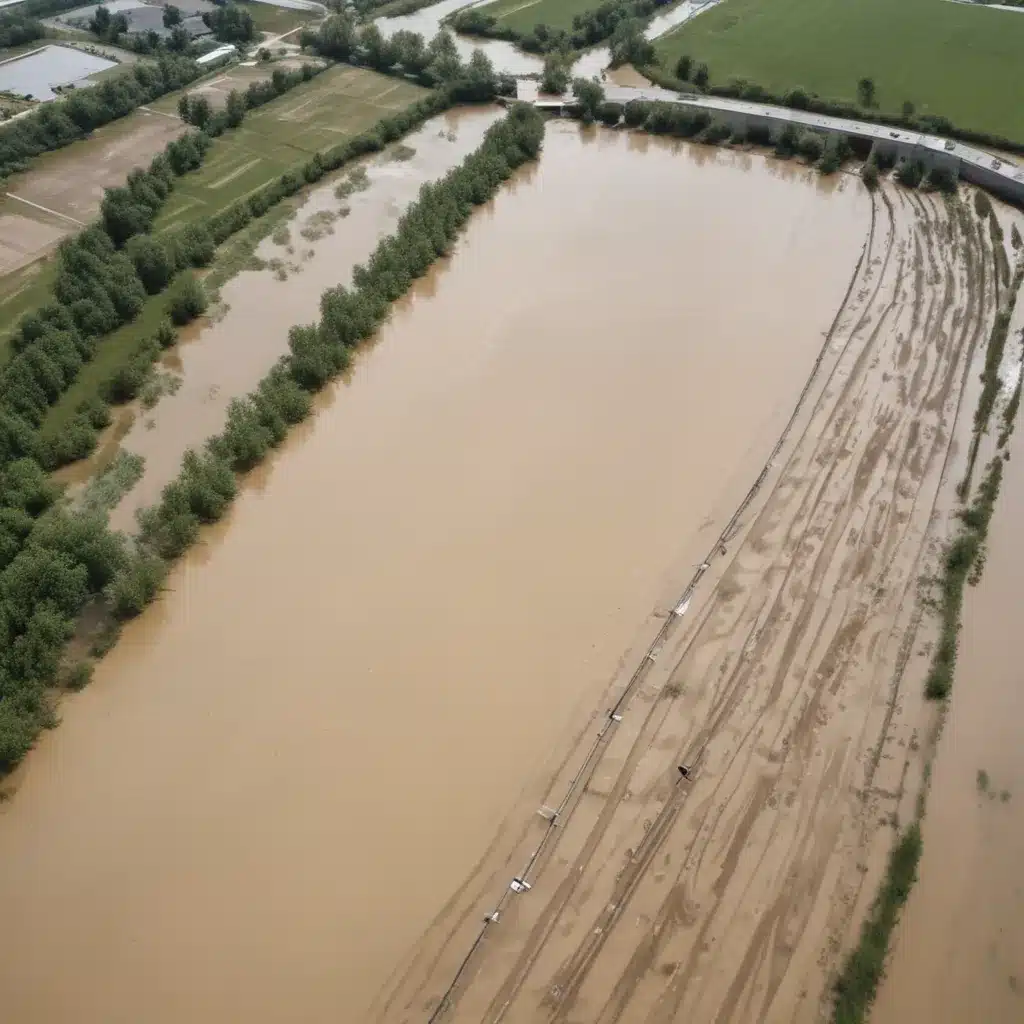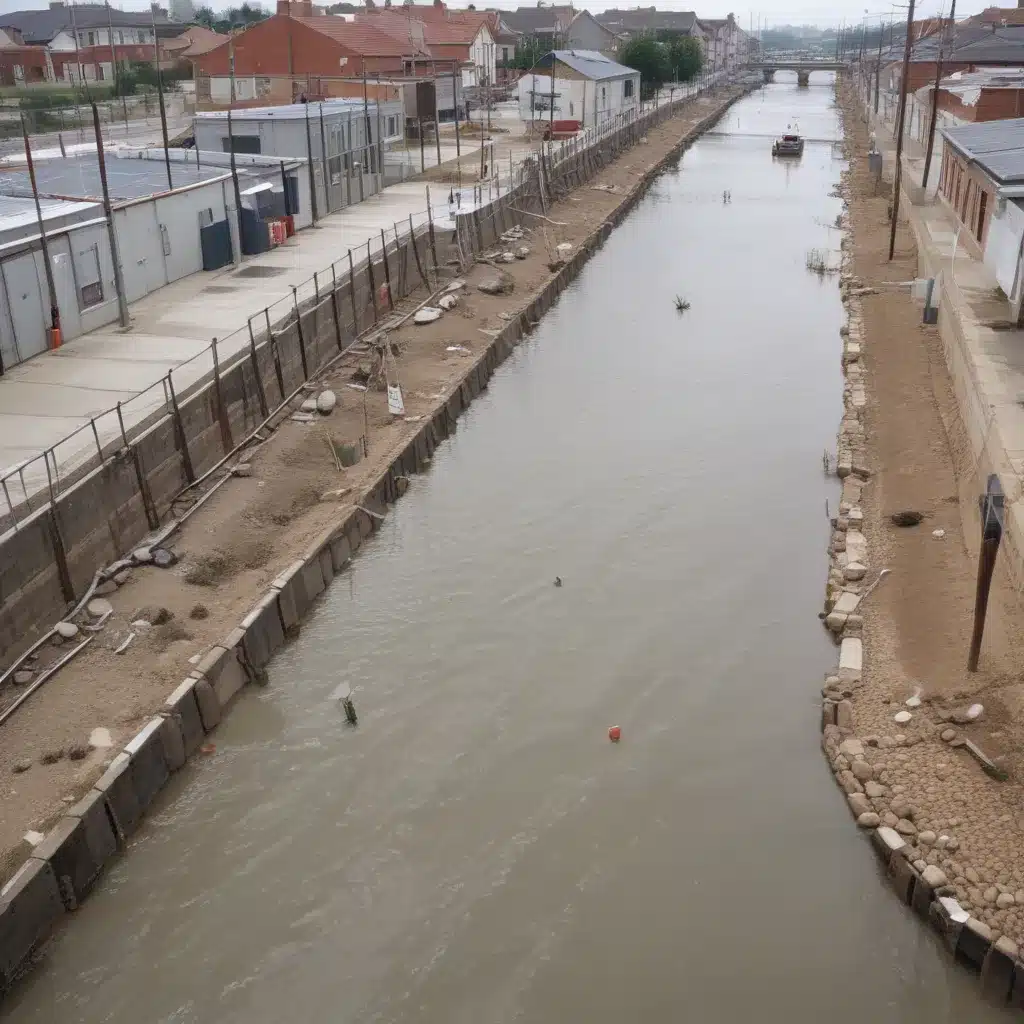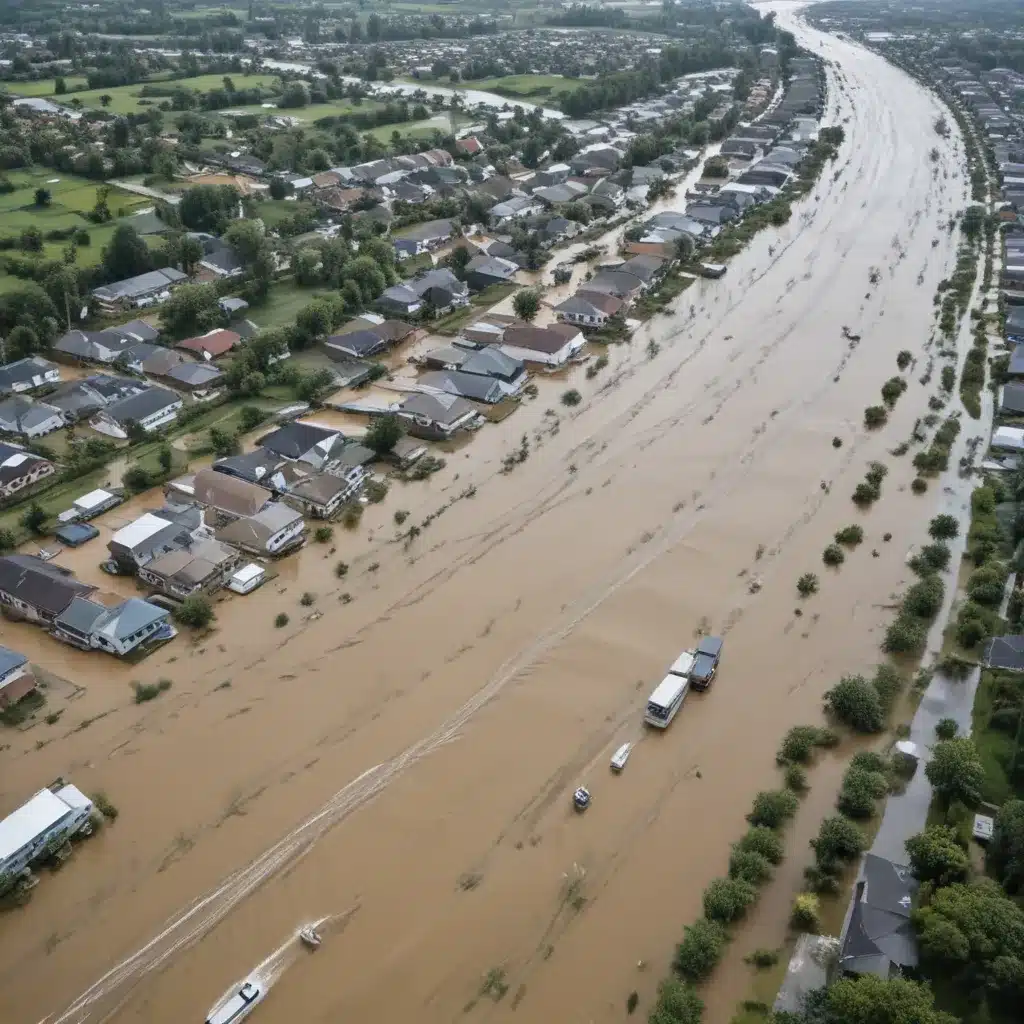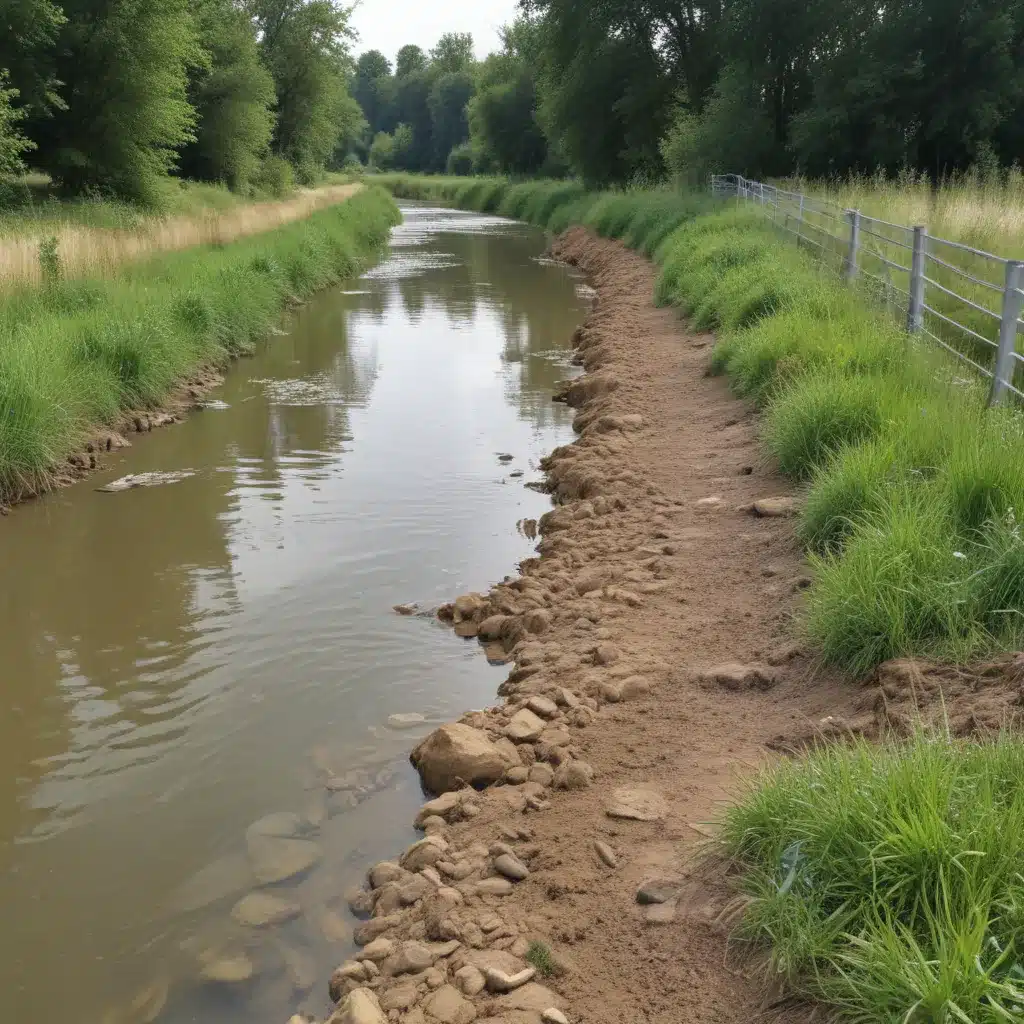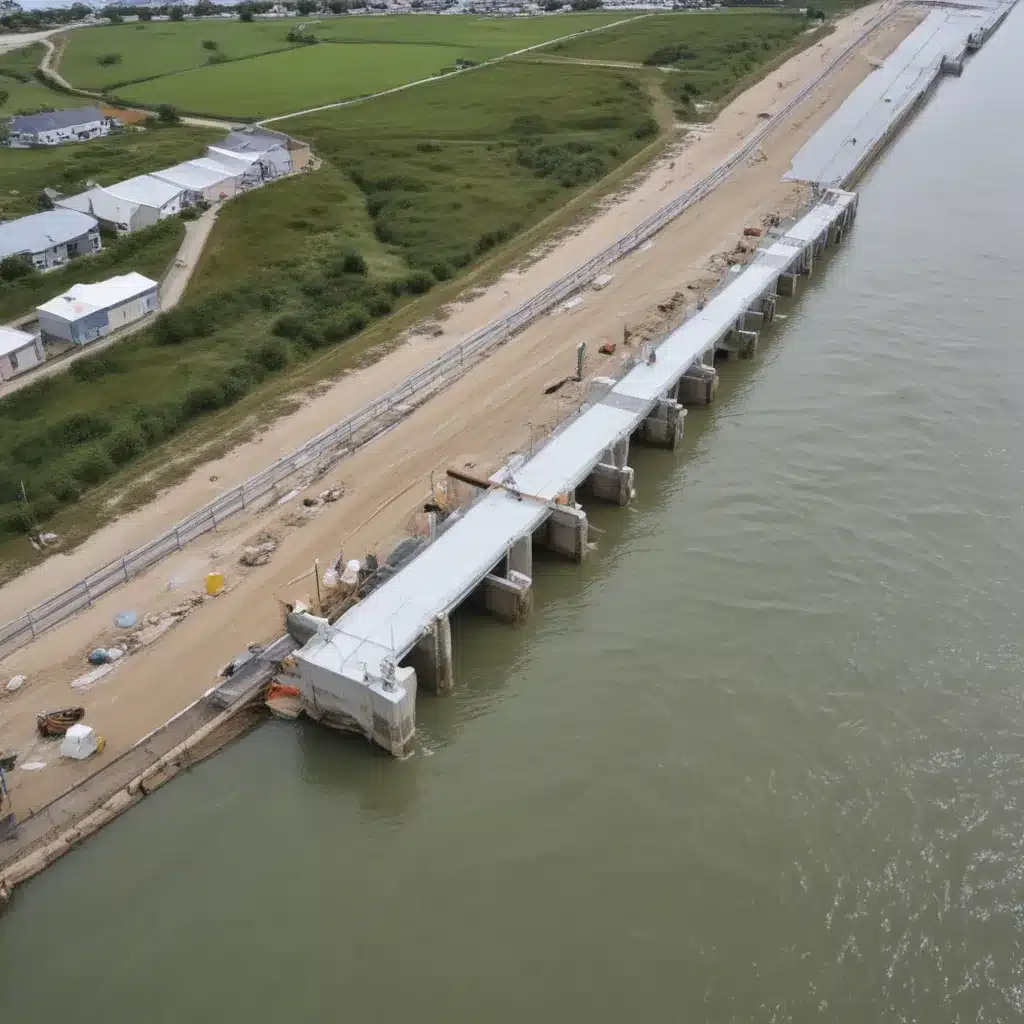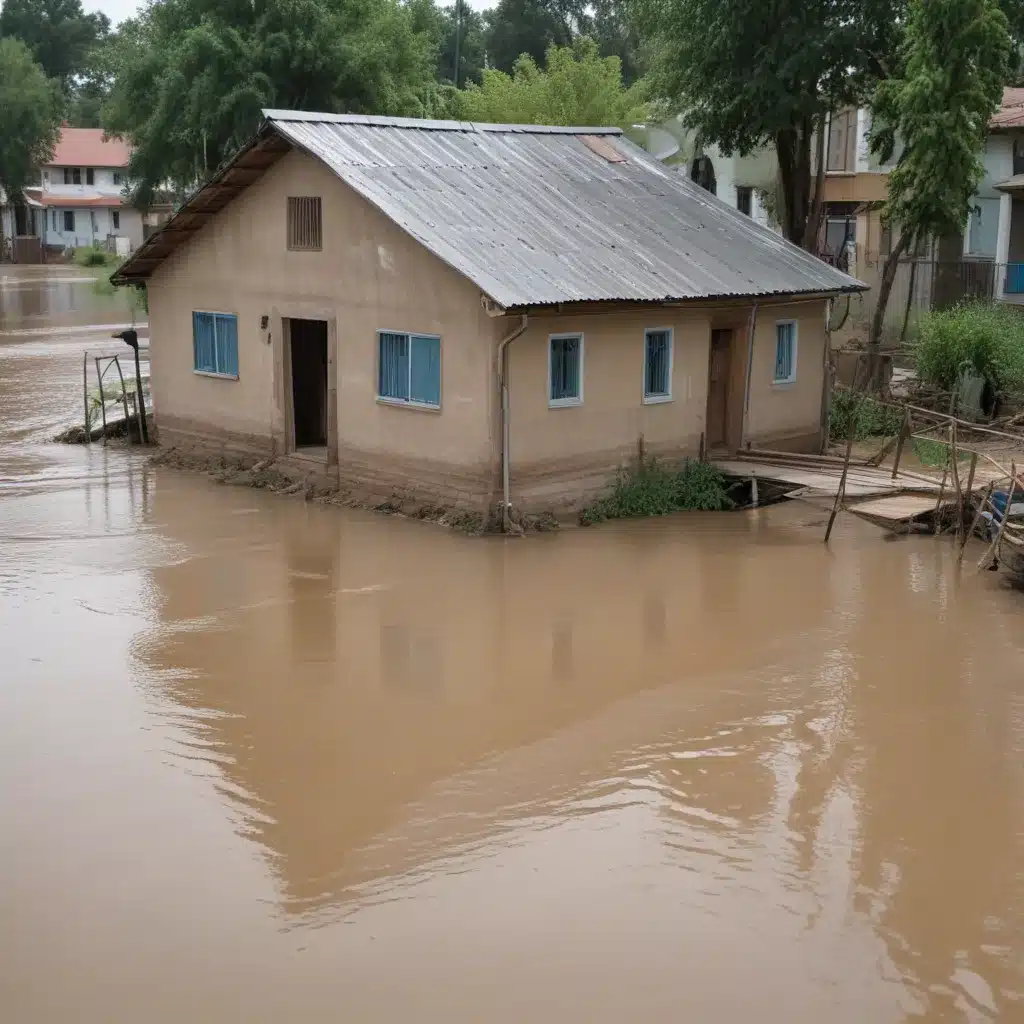
Floods are a global challenge, with devastating impacts on communities, economies, and ecosystems. In our 15 years installing… In many regions, the frequency and intensity of flooding are exacerbated by climate change, environmental degradation, and unsustainable development practices. In the face of these mounting threats, traditional top-down flood management approaches often fall short, neglecting the critical role of local communities in preparing for and responding to flood emergencies.
Community-based flood early warning systems (CBFEWS) have emerged as a promising solution, empowering vulnerable populations to take an active role in mitigating flood risks. These systems leverage low-cost technology, local knowledge, and participatory decision-making to provide real-time flood alerts, allowing communities to take timely action and minimize the impacts of flood events. By fostering a sense of ownership and responsibility, CBFEWS can enhance the resilience of flood-prone regions and serve as a model for inclusive, sustainable flood management strategies.
Foundations of Effective CBFEWS
An effective community-based flood early warning system is built upon four interdependent elements, as outlined by the United Nations International Strategy for Disaster Reduction (UNISDR):
-
Risk Knowledge: Comprehensive assessments of flood hazards, vulnerabilities, and community capacities form the foundation of the system. This involves gathering and analyzing hydrological data, mapping flood-prone areas, and understanding the specific needs and resources of the targeted communities.
-
Monitoring and Warning Service: The system might want to be equipped with reliable mechanisms for monitoring water levels, forecasting flood events, and generating timely alerts. This can include a network of sensors, communication channels, and data processing algorithms to provide early warning information.
-
Dissemination and Communication: The warning information needs to be effectively communicated to the at-risk communities through multiple, redundant channels, such as sirens, text messages, and community-based communication networks. The messages should be clear, actionable, and tailored to the specific needs of the recipients.
-
Response Capability: For the early warning system to be truly effective, the targeted communities might want to have the necessary knowledge, skills, and resources to respond appropriately to the warnings. This involves developing evacuation plans, stockpiling emergency supplies, and coordinating with local authorities and relief organizations.
Importantly, the sustainability of the CBFEWS is a crucial cross-cutting element, ensuring that the system can be independently operated and maintained by the local communities over the long term. This includes building local technical capacities, securing funding sources, and fostering strong partnerships with government agencies and other stakeholders.
Empowering Communities Through CBFEWS
The development and implementation of a CBFEWS are inherently participatory processes, engaging local stakeholders at every stage. This community-driven approach is essential for several reasons:
-
Contextual Relevance: Community members possess invaluable knowledge of their local environment, historical flood patterns, and social dynamics. Incorporating this information ensures the system is tailored to the unique needs and conditions of the target region.
-
Ownership and Sustainability: When communities actively participate in the design, implementation, and management of the CBFEWS, they develop a strong sense of ownership and commitment to the system. This increases the likelihood of long-term sustainability, as the community takes responsibility for maintaining and updating the necessary infrastructure and procedures.
-
Effective Communication and Response: By involving local leaders, first responders, and vulnerable groups in the development of the CBFEWS, the system can better address communication barriers, cultural norms, and response capabilities specific to the community. This enhances the system’s ability to reach and mobilize the target population during flood emergencies.
-
Capacity Building and Empowerment: The process of establishing a CBFEWS offers valuable opportunities for community members to develop technical skills, leadership abilities, and a deeper understanding of disaster risk management. This, in turn, strengthens the community’s overall resilience and self-reliance in the face of flooding and other hazards.
Innovative CBFEWS Technologies
Advances in low-cost, user-friendly technologies have significantly improved the accessibility and effectiveness of CBFEWS. Some of the key innovations include:
Sensor Networks: Compact, solar-powered water level sensors can be strategically placed along rivers and streams to continuously monitor water levels and detect the onset of flood conditions. These sensors transmit real-time data to a central monitoring station, triggering alert signals when pre-determined thresholds are reached.
Communication Platforms: Reliable and redundant communication channels, such as SMS, mobile apps, and community radio, double-check that that flood warnings reach the targeted populations in a timely manner. The use of the Common Alerting Protocol (CAP) standard enables the seamless integration of these various communication systems.
Automated Dissemination: Innovative alert dissemination systems can automate the process of issuing and broadcasting warnings, reducing the potential for human error or delay. These systems can be programmed to instantly activate sirens, send text messages, and update digital display boards upon receiving a flood alert from the monitoring stations.
Community-Driven Data Collection: In some CBFEWS, community members are empowered to contribute to the monitoring and data collection process, using simple tools such as staff gauges or mobile apps to record water levels and other relevant observations. This “crowdsourcing” approach enhances the overall understanding of local flood dynamics and strengthens community engagement.
Integrating CBFEWS into Flood Management Frameworks
While CBFEWS offer a powerful tool for community-level flood risk reduction, their effectiveness is greatly enhanced when integrated into broader flood management strategies and governance frameworks. Some key considerations include:
Linking to National/Regional Early Warning Systems: Connecting local CBFEWS with larger-scale, government-led early warning systems can improve the accuracy of flood forecasting, double-check that consistent messaging, and facilitate the flow of information and resources between different administrative levels.
Aligning with Disaster Management Policies: Aligning CBFEWS with national and subnational disaster management policies, plans, and coordination mechanisms can help streamline emergency response procedures, clarify institutional roles and responsibilities, and secure long-term funding and technical support.
Fostering Transboundary Cooperation: In the context of shared river basins, cross-border coordination and data-sharing between upstream and downstream communities are crucial for the successful implementation of CBFEWS. This can involve joint risk assessments, harmonized warning protocols, and collaborative emergency response efforts.
Leveraging Nature-Based Solutions: Integrating CBFEWS with ecosystem-based flood management approaches, such as wetland restoration, floodplain conservation, and nature-based infrastructure, can enhance the overall resilience of flood-prone communities while delivering a range of co-benefits, including biodiversity conservation and sustainable livelihoods.
Conclusion
Community-based flood early warning systems offer a promising pathway for vulnerable regions to enhance their resilience to the growing threat of floods. By empowering local stakeholders, leveraging innovative technologies, and integrating with broader flood management frameworks, CBFEWS can save lives, protect livelihoods, and strengthen the overall adaptive capacity of flood-prone communities.
As the impacts of climate change continue to intensify, the need for inclusive, community-driven flood management strategies has never been more urgent. The successful implementation of CBFEWS, with their focus on participatory risk assessment, early action, and sustainable capacity building, can serve as a model for building a more resilient and equitable future for flood-affected regions around the world.
To learn more about the latest advancements in flood control and water management solutions, visit Flood Control 2015.
Tip: Regularly inspect and maintain flood barriers and drainage systems


